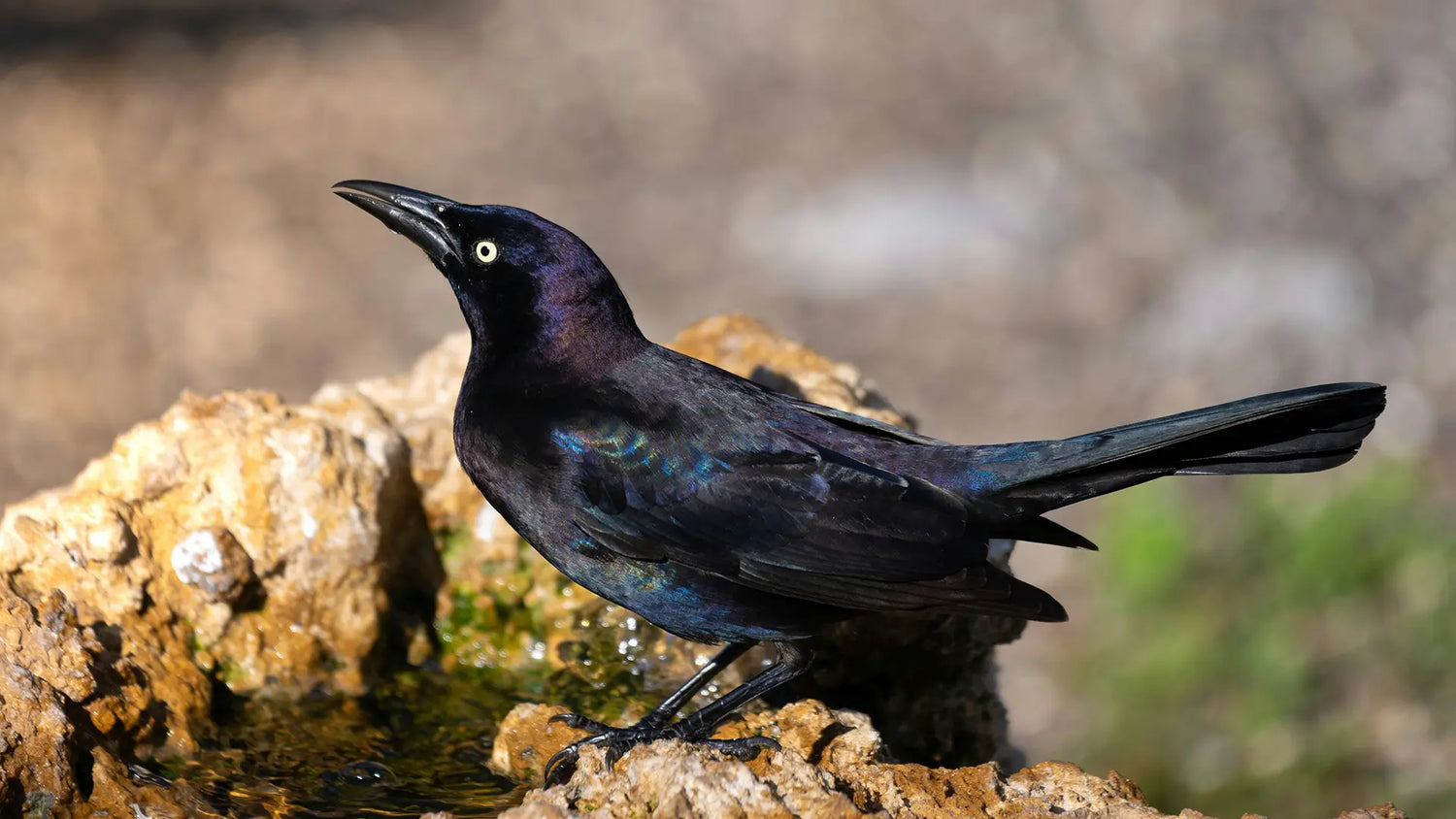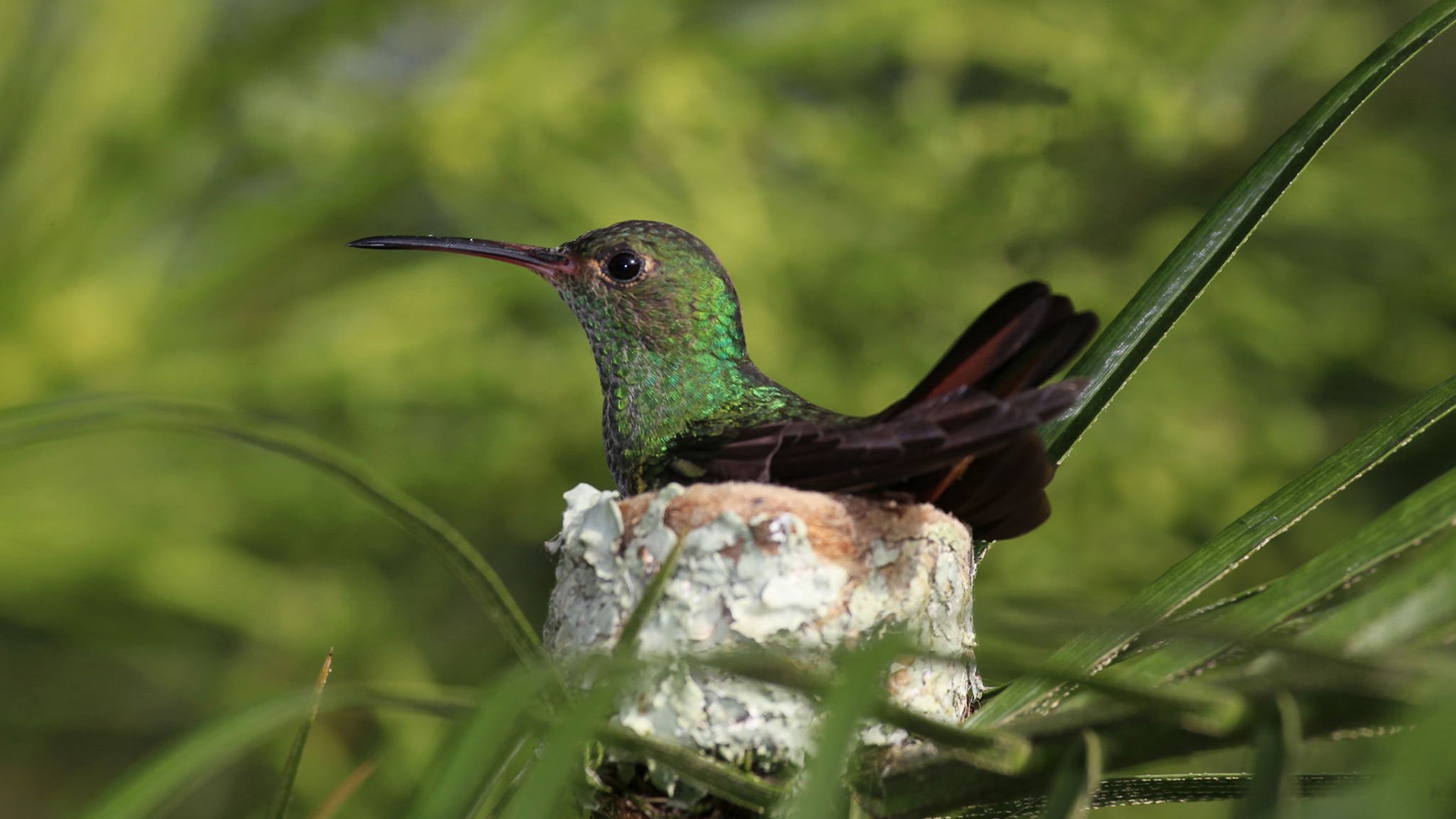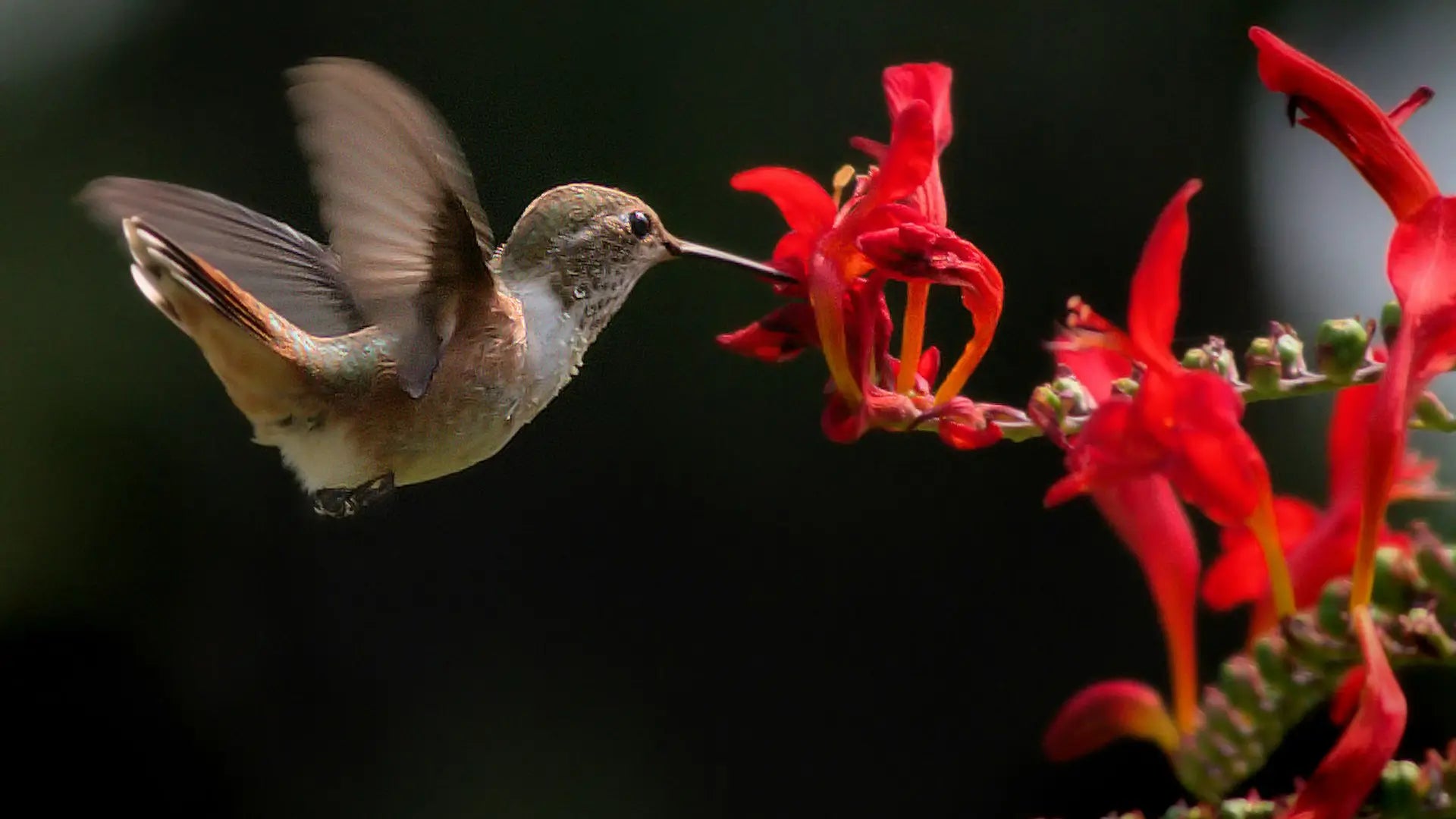Manage bird feeder bullies with right feeders, food, placement, cleanliness, barriers, and deterrents.
Bird feeders can bring joy by attracting a variety of species to your yard. However, this pleasure can be marred by aggressive birds like grackles, blue jays, starlings, house sparrows, and cowbirds. These bullies often dominate feeders, scaring away smaller, more timid birds. Fortunately, there are effective strategies to manage these aggressive birds and maintain a peaceful feeding environment.
Select the Right Feeder and Food
Choosing the correct feeder and food can make a significant difference. Tube feeders with small perches are ideal for small birds, as larger bullies find them challenging to use. Mesh feeders and weight-activated feeders that close under the weight of larger birds can also be effective. When it comes to food, consider using seeds like nyjer or safflower that bullies tend to avoid. Suet feeders designed to be accessed only from the bottom can also deter larger birds.
Strategic Placement
Where you place your feeders can influence which birds visit them. Hanging feeders from thin branches or using baffles can prevent larger birds from accessing the food. Additionally, placing feeders away from trees and shrubs can help, as bullies often use these areas as vantage points to scare off other birds. Moving feeders periodically can also discourage bully birds from settling in.
Diversify Feeding Stations
Having multiple feeding stations spread throughout your yard can help reduce the impact of bully birds. By providing various types of feeders and food in different locations, you can attract a broader range of bird species. Some feeders can be designed specifically for certain birds, such as clinging feeders for finches and suet cages for woodpeckers. This diversification ensures that smaller birds have a better chance of accessing food.
Maintain Cleanliness
Regularly cleaning your feeders and the surrounding area is crucial. Fallen seeds and other debris can attract pests and larger, unwanted birds. Keeping the area tidy helps maintain a healthy environment for all bird visitors and reduces the attraction for bully birds. It also helps prevent the spread of diseases among birds.
Add Physical Barriers
Physical barriers can be a simple yet effective way to deter aggressive birds. Cage feeders are designed to allow small birds to enter while keeping larger birds out. Domes and weather guards placed over feeders can restrict access for larger birds while providing shelter for smaller ones. These barriers can make a significant difference in the type of birds that visit your feeders.
Provide Natural Deterrents
Creating an environment that naturally deters bully birds can also be beneficial. Planting dense shrubs and trees around the feeding area gives smaller birds places to hide and feel safe. Reflective surfaces, such as hanging CDs or wind chimes, and motion-activated devices can startle and scare away aggressive birds without causing them harm.
Bird Feeder with Camera
In addition to the suggestions above, the BirdHi Mag Smart Bird Feeder is an excellent choice. It features bird recognition technology that notifies you via a mobile app when birds come to feed, helping to prevent bully invasions while ensuring smaller birds can enjoy their meals.
Ethical and Legal Considerations
It's essential to be aware of local regulations regarding non-native species. While managing bully birds, always use humane methods to avoid causing harm. Understanding the ethical considerations involved in bird feeding can help ensure that your actions benefit the local bird population without negatively impacting the ecosystem.
By implementing these strategies, you can create a more welcoming and harmonious environment for a diverse array of bird species, ensuring a delightful and peaceful bird-watching experience in your backyard.





Leave a comment
All comments are moderated before being published.
This site is protected by hCaptcha and the hCaptcha Privacy Policy and Terms of Service apply.